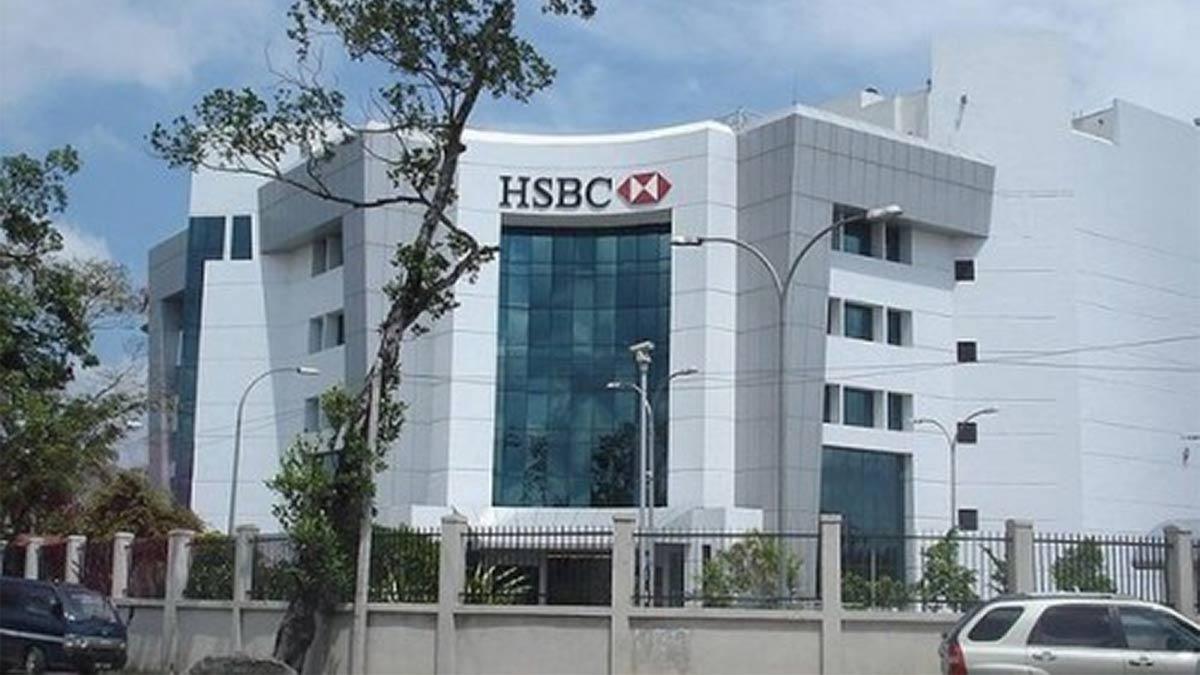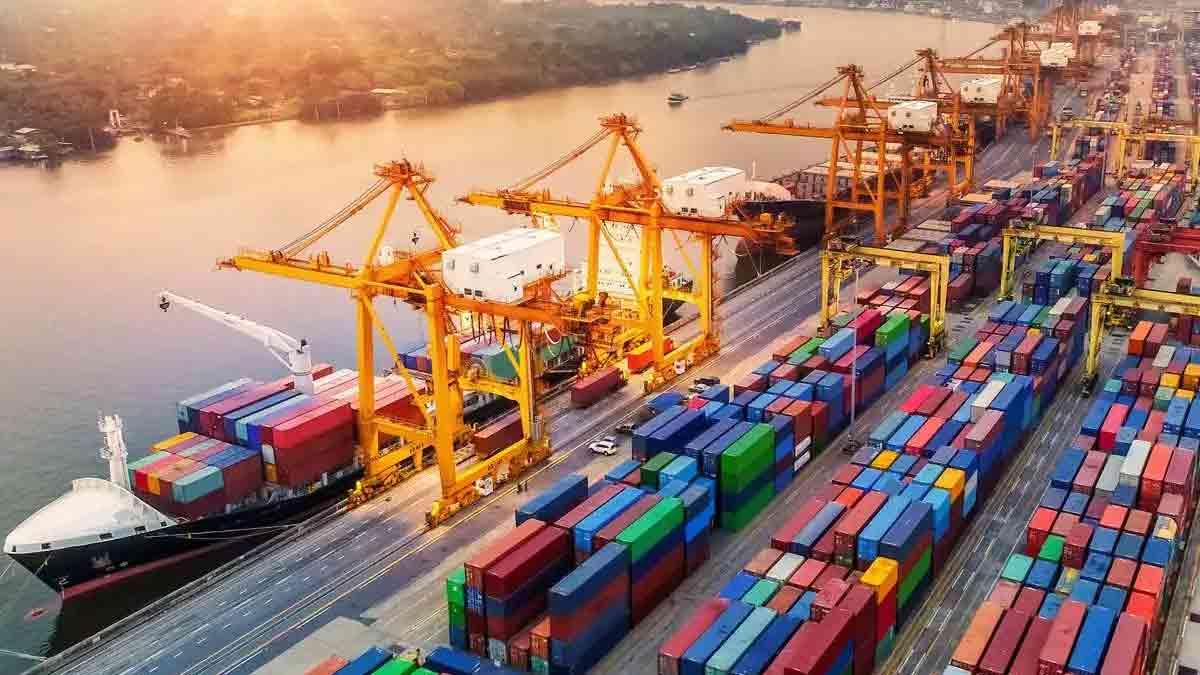A recent report by the State Bank of India (SBI) Research indicates that US trade tariff reciprocity is likely to be less effective in the end, and bilateral dialogue between India and the US could yield significant collateral gains.
The talks are likely to provide a conducive context for cooperation in defense, energy security, innovation, technology, critical minerals, maritime security, investments, and higher education.
Based on the report "Collateral Benefits: IND-US Trade Set to Transcend New Boundaries" by the SBI Economic Research Department, India, being the largest and most vibrant democracy, is uniquely placed to become a strategic partner to the US, particularly in the Indian Ocean region, from both strategic and economic perspectives.
“Our estimates show overall incremental tariff levels even at 15 per cent-20 per cent imposed by USA would still limit the impact on exports to US only in the range of 3-3.5 per cent, which again should be negated through higher export goals,” said the SBI report.
India has greatly diversified its export base, emphasizing value addition, venturing into new industries, and creating alternate trade channels linking Europe to the USA through the Middle East. This move is redefining supply chain strategies and facilitating increased strategic inclusivity, the report notes.
India and the US have both made modifications to their tariff structures over time, as they react to shifting trade policies and economic needs.
Whereas US tariffs on Indian imports have been relatively stable, India's tariff changes appear to be more dynamic and sensitive to changing global realities.
“The US tariff rate on Indian goods increased from 2.72 per cent in 2018 to 3.91 per cent in 2021, before slightly declining to 3.83 per cent in 2022. India's tariffs on US imports have risen from 11.59 per cent in 2018 to 15.30 per cent in 2022,” the report showed.
The US is India's largest export market, accounting for 17.7% of India's overall exports in FY24.
“We have also estimated the likely fall in Indian exports if USA imposes a retaliatory tariff of 15 per cent (3x the present aggregate) on India. This helps in capturing sensitivity of exports to tariff fluctuations,” said the SBI report.
This year, the two countries will ink a fresh ten-year agreement named the 'Framework for the US-India Major Defence Partnership in the 21st Century.' The two countries have also committed to aggressively targeting to double their bilateral trade more than two-fold and reaching $500 billion by 2030.
Read also| India headed to become $30-35 trillion economy in next two decades, Says Piyush Goyal
Read also| LG Electronics Makes Big Bets on India Market Ahead of Mega IPO


















